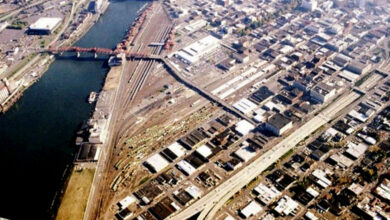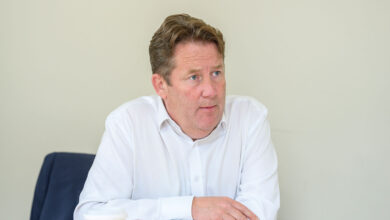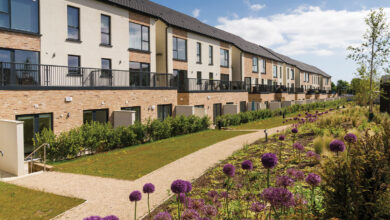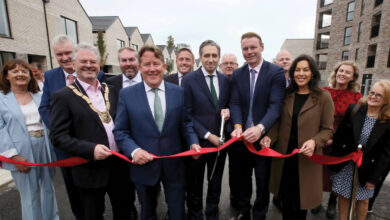Homelessness continues to fall
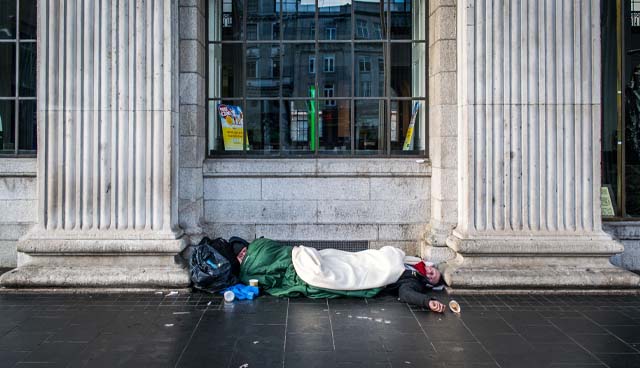
July 2021’s homelessness figures show a slight decrease in the number of homeless adults in Ireland and a bigger decrease in the number of homeless families. These figures will have made welcome reading for the Government, who unveiled Housing for All one week after the publication of these figures including within it a pledge to eradicate homelessness by 2030.
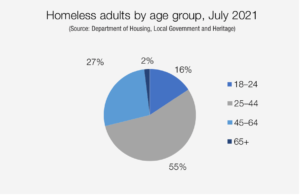
July 2021’s number of homeless adults as recorded by the Government stood at 6,003 a slight increase in terms of three-month (5,889 in April 2021) and six-month (5,987 in January 2021) intervals, but a slight yearly decrease from July 2020’s number of 6,077. As always, it should be noted that the official homelessness figures are dependent on the number of people accessing official homelessness services throughout the country, and therefore the true number of homeless people is always likely to be higher.
An analysis of the demographics and locations of the 6,003 homeless adults in July shows that males account for exactly two-thirds of the homeless population, totalling 3,942, or 66 per cent, with females accounting for the remaining 34 per cent, 2,061 people. Unsurprisingly, it is in Dublin where the vast majority of homeless adults are located, with 4,220 (70.3 per cent) of all those recorded as homeless in July being in the county.
The southwest region (defined in this report as Cork city and county as well as Kerry) is the next area with the highest proportion of homeless adults, recording 492 people and accounting for 8 per cent overall. 413 of these are said to be within Cork city and county boundaries. The Greater Dublin Area, defined in the homelessness report as the mid-east and made up of counties Kildare, Meath and Wicklow, is next in terms of numbers of homeless adults, with 306, over half of which are in Meath, accounting for 5 per cent of the overall figures.
In terms of age, those in the 25–44 age bracket are by far the most likely to experience homelessness, with 55 per cent of adults recorded as homeless in July, a total of 3,326, being within those ages. The 45–64 age group accounts for 27 per cent of homeless adults, a total of 1,616, and the 18–24 age group accounts for 16 per cent, 943 homeless adults in total. The over-65 age group accounts for just 2 per cent of homeless adults, 118 in all.
The July 2021 homeless report is notable for being the first of its kind to accurately identify the number of children within the homeless families that are recorded in the monthly reports. Previously, the monthly reports had “enumerated the number of individuals accessing homeless services broken down by adults and dependants”, which “resulted in a number of adults being listed among these dependants, most frequently in the case of children over 18 being associated with a homeless household, but also other adult family members”.
930 families were recorded as homeless in the month of July 2021, showing an increase on April 2021’s total of 925, but a decrease from the 966 recorded in January 2021 and a marked decrease from the 1,142 recorded in July 2021. Included in these 930 families were 1,502 adults and 2,129 child dependants, meaning that the total number of people within the families was 3,631, with the average homeless family unit having almost four people in it (3.9 people).
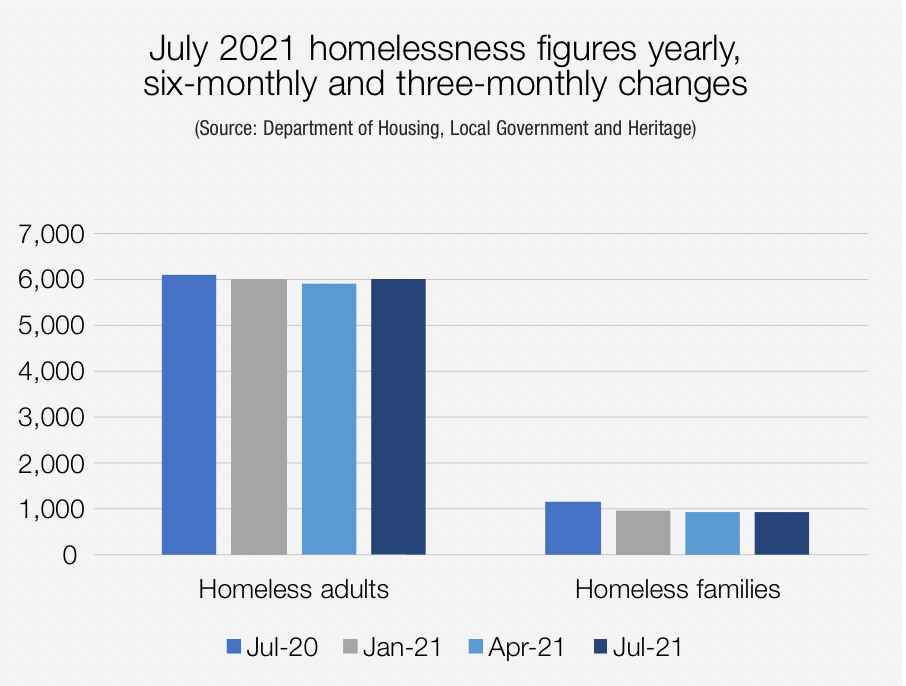
Again, the vast majority of homeless families were recorded in the Dublin area, with 700 out of the 930 in the county, a proportion of 75.3 per cent. The western region, made up of Galway city and county, Mayo and Roscommon, was the next worst affected area in terms of familial homelessness, with 66 homeless families recorded, accounting for 7.1 per cent of the total number.
The plan to eradicate homelessness
Housing for All, the Government’s flagship housing plan that seeks to address the related homelessness, housing price, rental rate and housing construction crises all contained within the Irish housing sector, contains within it a pledge to “work towards eradicating homelessness by 2030”.
The first step within the plan towards achieving this goal is the delivery of 10,000 social homes per year from 2022 until the end of 2030, with 1,200 tenancies over the next five years to be provided for “people with a history of rough sleeping, or long-term use of emergency accommodation and who have complex needs” through the Housing First National Implementation Plan. The plan also lays out government plans to end long-term leasing of social housing by local authorities and approved housing bodies through the phasing out of new entrants in order to focus on new-builds to provide social homes, strengthen the Mortgage to Rent scheme to meet the needs of those in long-term arrears, make improvements in the quality and quantity of Traveller-specific accommodation and provide capital funding for vulnerable people through the Capital Assistance Scheme.
A new National Homeless Action Committee will also be convened in order to “examine the complex individual health and family circumstances that contribute to homelessness”, along with the development of a new Youth Homelessness Strategy. Both of these initiatives are to be done with the goal of providing “a coordinated response to ensure homelessness continues to decline with a focus on prevention and permanent housing solutions”.


